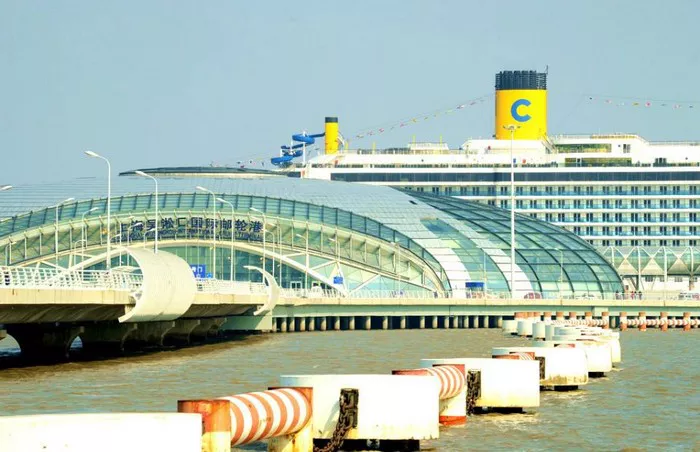China has enacted a new policy allowing foreign tourist groups to enter visa-free through all cruise ports along its coastline. This policy, effective as of Wednesday, enables groups organized or received by domestic travel agencies to enjoy visa-free entry for up to 15 days. The National Immigration Administration (NIA) disclosed that these groups, consisting of two or more individuals, must travel together on the same cruise ship until it departs China, limiting activities to coastal provinces, municipalities, autonomous regions, and Beijing.
The designated visa-free entry ports encompass Tianjin, Shanghai, Dalian, Lianyungang, Wenzhou, Zhoushan, Xiamen, Qingdao, Guangzhou, Shenzhen, Haikou, Sanya, and Beihai. Additionally, seven cruise ports—Dalian, Lianyungang, Wenzhou, Zhoushan, Guangzhou, Shenzhen, and Beihai—have been designated as visa-free transit ports for nationals from 54 countries, easing transfer and departure for foreign travelers under China’s visa-free transit policy.
Mao Xu, director of the NIA’s Foreigners Management Department, emphasized that this policy aims to bolster the cruise industry’s development, attract more foreign tourists, and foster cultural exchanges. Notably, Shanghai’s successful pilot of the visa-free policy for cruise tourists since October 2016 led to a 10 percent annual increase in cruise passengers, prompting the expansion of the policy to other coastal cities.
To enhance convenience, the NIA introduced various measures facilitating customs clearance for international passengers and promoting cruise ship maintenance. These include advanced border inspection procedures based on ship schedules and passenger numbers, exemption from fingerprint collection and stamping of entry and exit permits for foreign passengers, and simplified procedures for international crew members.
According to the Ministry of Transport, international cruise transportation to and from Chinese ports fully resumed in September 2023, with over 107,000 cruise passengers handled last year. Zhu Zhenyu, deputy director of the ministry’s Water Transport Bureau, anticipates steady growth in passenger numbers in 2024, noting the current operation of 21 international cruise ships at Chinese ports.
Shi Zeyi, deputy director of the International Exchange and Cooperation Bureau of the Ministry of Culture and Tourism, highlighted positive growth in inbound cruise tourism, with over 14,000 tourists from over 40 countries and regions visiting China aboard cruise ships from February to April. In response, efforts are underway to streamline inbound tourism processes, optimize visa and customs policies, improve tourism services, and enhance management and shopping environments at cultural and tourism sites.
Furthermore, to address payment difficulties faced by foreign tourists, the Ministry of Culture and Tourism, along with other relevant departments, issued a notice in April mandating acceptance of domestic and international bank cards at designated tourist destinations, resorts, culture streets, and hotels, alongside enhanced currency exchange and mobile payment services.


